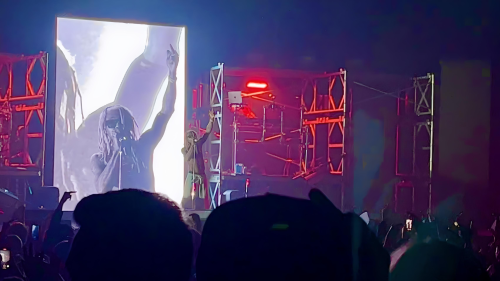We walk through these parks all the time, but how many of us know the history behind these Madison spots?
Vilas Park
Senator William Freeman Vilas frequently contributed to the Madison Park and Pleasure Drive Association (MPPDA.) William’s father was a forerunner of First Wisconsin Bank and also Madison’s mayor for a term. William graduated first in his class from UW Madison in 1858 after entering the school at the ripe age of 13. With roots in Madison and money to blow, he donated $18,000 for Henry Vilas Park to be implemented, named after his son who had passed from diabetes complications.
Brittingham Park
This location once referred to as “a disease breeding hole” is now the beautiful Brittingham Park. In the early 1900s, Madisonians were distraught by how unkempt this bay area was; enter Thomas E. Brittingham. Known at the time as the richest man in Madison, Thomas came to the rescue in 1905 with a donation of $8,000 from his lumber fortune.
Goodman Park
Many of you have likely seen the Goodman name stamped on parks, pools, libraries, and other community facilities. This is thanks to the philanthropy of the Goodman brothers, Irwin and Bob. The two opened Goodman’s Jewelers on State Street in 1933 which still stands today. The sibling duo lived together in a modest West Wilson apartment with no spouses or children. Living well below their means meant that they could afford to generously give back to Madison via large donations towards City projects.
Warner Park
Ernest Noble Warner was president of the MPPDA for two decades before his untimely death in 1930. He had a high interest in creating a public park out of the 2,000 feet of sandy Lake Mendota shore that we know today as part of Warner Park. Ernest’s death quickly prompted the formation of the Ernest N. Warner Memorial Park Committee. While the Great Depression stalled funding, nearly a decade of persistence paid off — literally — in 1939 when the City finally accrued the funding to buy the land from the farmers who owned it.











